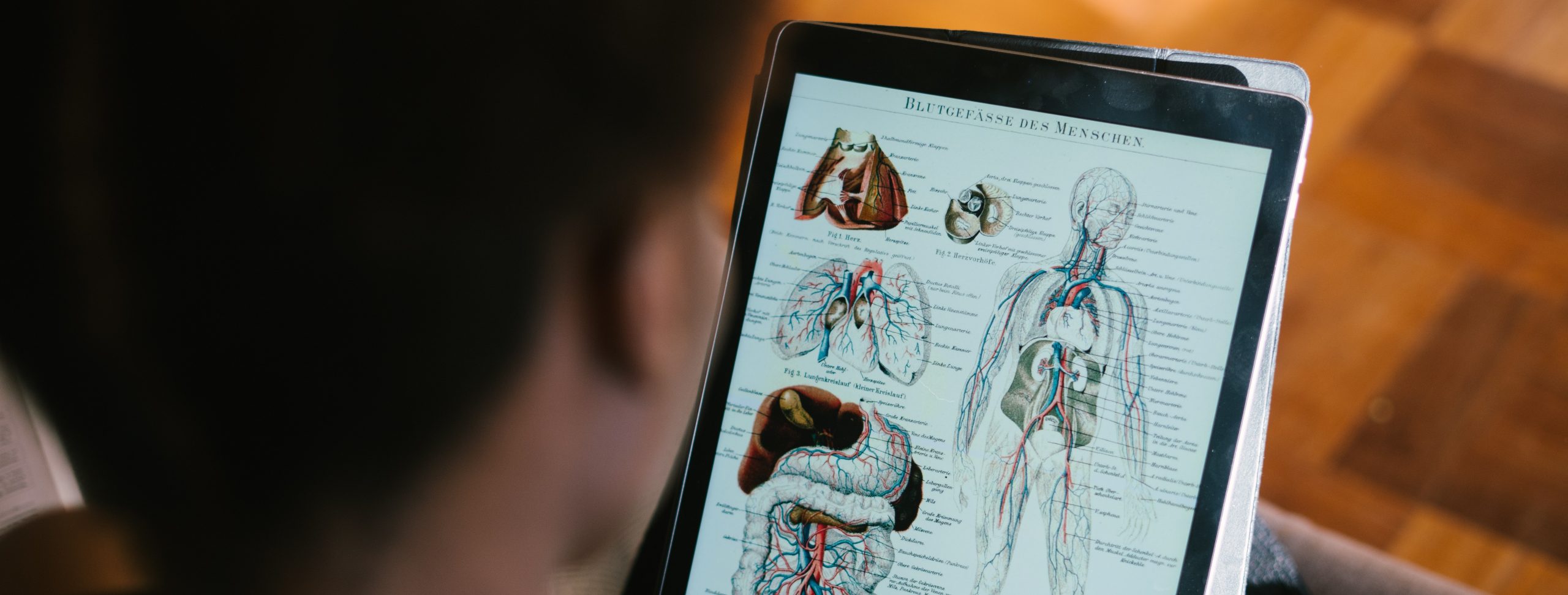You are reading Chapter 1 of our free TRT eBook.
Understanding the Basics of the Testosterone Hormone in Men
Testosterone is a vital hormone produced mainly in the testicles of men and, in smaller amounts, in the ovaries of women. Although testosterone is commonly associated with male development and sexuality, it plays a significant role in both genders, affecting various physiological and psychological functions. In this chapter, we will delve into the science behind testosterone, its production, and the essential roles it plays in the human body – especially in men.
Testosterone Production
The production of testosterone is primarily regulated by the hypothalamic-pituitary-gonadal (HPG) axis. The hypothalamus, a region in the brain, releases gonadotropin-releasing hormone (GnRH), which then signals the pituitary gland to release luteinizing hormone (LH) and follicle-stimulating hormone (FSH). LH stimulates the Leydig cells in the testicles to produce testosterone, while FSH plays a role in sperm production.
In women, testosterone is produced in the ovaries and the adrenal glands. Although the amount of testosterone in women is much lower than in men, it is still essential for their overall health and well-being.
The Roles of Testosterone in the Human Body
Testosterone serves several critical functions in the human body, including:
a) Sexual development: Testosterone is responsible for the development of primary sexual characteristics during fetal development, such as the formation of male genitalia. During puberty, it contributes to the development of secondary sexual characteristics, such as the growth of facial and body hair, deepening of the voice, and enlargement of the Adam’s apple.
b) Muscle and bone growth: Testosterone promotes protein synthesis, which is essential for muscle growth and maintenance. It also plays a role in bone development by stimulating bone-forming cells called osteoblasts, thus contributing to bone density.
c) Fat distribution: Testosterone influences the distribution of body fat, with higher levels often leading to a leaner body composition.
d) Red blood cell production: Testosterone stimulates the production of red blood cells, which are responsible for transporting oxygen throughout the body.
e) Cognitive functions: Testosterone has been linked to various cognitive functions, including memory, attention, and spatial skills. Low levels of testosterone may contribute to cognitive decline in older men.
Testosterone and Aging
As men age, their testosterone levels naturally decline. This process, known as andropause or male menopause, typically begins around the age of 30 and continues throughout life. The decrease in testosterone levels is gradual, at a rate of approximately 1% per year. However, some men may experience a more significant decline, leading to symptoms associated with low testosterone.
Testosterone Levels by Age
| Age | Avg. Test. Level (ng/dL) |
| 16-19 | 300-1,200 |
| 20-29 | 240-950 |
| 30-39 | 220-870 |
| 40-49 | 200-720 |
| 50-59 | 190-690 |
| 60-69 | 170-640 |
| 70-79 | 160-620 |
| 80-89 | 130-560 |
| 90-99 | 50-440 |
The (ng/dl) stands for nanograms per deciliter of blood. A nanogram is one-billionth of a gram. A decilitre measures fluid volume that is 1/10 of a liter. So that’s a billionth of a gram of testosterone in about a half-cup of blood, for illustrative purposes.
I work with my doctor to keep my testosterone levels around 800 to 1,000 ng/dl.
TRT Man
As a 46-year-old man, these testosterone levels keep me fit physically, sexually and mentally. My dose for these levels is 150mg – 175mg of testosterone per week, split into two injections. A bodybuilder abusing steroids during a short-term “cycle” would take three or four times as much, sometimes more.
Factors Affecting Testosterone Levels
Several factors can influence testosterone levels, including:
a) Genetics: Some men have naturally higher or lower levels of testosterone due to their genetic makeup.
b) Lifestyle: Factors such as diet, exercise, sleep, and stress can impact testosterone levels. A healthy lifestyle may help maintain optimal testosterone levels.
c) Medical conditions: Certain medical conditions, such as hypogonadism, can cause low testosterone levels. Additionally, some medications, including opioids and corticosteroids, can negatively impact testosterone production.
Understanding the science behind testosterone and its role in the human body is crucial for recognizing the importance of maintaining healthy testosterone levels. As we continue through this testosteronereplacement.org book, we will explore the signs and symptoms of low testosterone and delve into the many treatment options available to men with low T.
Next: Chapter 2 – Signs and Symptoms of Low Testosterone
Table of Contents
Introduction (start here)
Chapter 1: The Science of Testosterone: Understanding the Basics
Chapter 2: Signs and Symptoms of Low Testosterone
Chapter 3: Diagnosing Low Testosterone: Tests and Procedures
Chapter 4: The Benefits of Testosterone Replacement Therapy
Chapter 5: Different Forms of Testosterone Replacement Therapy
Chapter 6: The Risks and Side Effects of Testosterone Replacement Therapy
Chapter 7: The Role of Diet and Exercise in Testosterone Management
Chapter 8: Natural Testosterone Boosters: Fact or Fiction?
Chapter 9: Testosterone Replacement Therapy and Mental Health
Chapter 10: Testosterone and Sexuality: Restoring Your Libido
Chapter 11: Monitoring Your Progress: Assessing the Results of Treatment
Chapter 12: Testosterone Replacement Therapy vs Steroid Abuse
Chapter 13: Frequently Asked Questions about Testosterone Replacement Therapy
Chapter 14: Living a Balanced Life: Combining Therapy with Healthy Habits
Chapter 15: Testosterone Replacement Therapy: The Road Ahead
